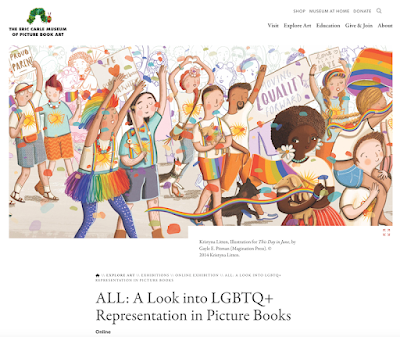There are so many types of books in the KidLit market—Board books, picture books, easy readers, chapter books, middle grade, and young adult. One of the perhaps less-known areas is the chapter book market. I’ll try to break it down here.
Chapter books are aimed at newly independent readers. These are kids who have graduated from having books read to them to reading books on their own. (Although a family read-a-long is always wonderful!). These readers are around ages 6-9. They are starting to feel independent and proud of their reading prowess. Finishing a single chapter might feel like a big accomplishment!
In a
blog post on the The Mixed-Up Files, Jennifer Torres, author of the CATALINA INCOGNITO series, said, “Chapter books meet kids when they are beginning to see themselves as readers. To me, there’s something so special about that moment.”
Chapter books are always sold in a series. One reason for this is the size of chapter books. Smaller than a picture book, their spines don’t take up much real estate on the bookshelf. But if you have a series, that is more likely to stand out to a consumer scanning a store.
Susan Muaddi Darraj, author of the FARAH ROCKS series, recommends a cohesive theme for a chapter book series such as THE BABY-SITTERS CLUB. In an article for Writer’s Digest, she says, “The club the girls form becomes the ‘shape’ of the book—it's like the container that holds all their adventures. We have the same core of girls, attached to this club, and we follow their growth and development.”
Author of the SUPER HAPPY PARTY BEAR series, Marcie Colleen, says, “You need characters and/or a world that can offer many adventures across many books.”
You will often find that chapter books are more character-driven than plot-driven. The main character will be a protagonist who can hold readers’ attention over multiple storylines. Examples include IVY AND BEAN written by Annie Barrows, and JADA JONES written by Kelly Starling Lyons, and my series, CROC & GATOR.
Chapter books run from 6,000-12,000 words and include spot art scattered throughout the book. Sentences are often short and punchy. Be sure to keep the story fun! Marcie Colleen adds, “Chapter books are all about entertainment. We aren't looking for high literature here. Engage the reader through action, mystery, or humor to keep them turning the page and reading book after book.”
When pitching a chapter book series, you will want to have submission package ready. This is much simpler than it sounds! The core item of your package is a complete first draft of the first book in the series. Then you will want to have pitches for four to six additional books. The pitch will be just a paragraph or two long.
On her Ask the Agent blog, Jennifer Laughran, Senior Agent at Andrea Brown Literary Agent, provides this advice: “If I were selling a chapter book series, I’d have the first full book, and then a series proposal. That would consist of a paragraph or so introducing the overarching concept of the whole series, and then brief description of the first four books or so. (And then, possibly, a list of potential further topics/titles).
She even includes a brief mock series proposal.
As you develop your chapter book series, remember the importance of these stories in a child’s life. Marcie Colleen says, “Chapter books are the noblest of all formats to write in because they have the power to create lifelong readers. While kids are READ TO when they are younger, chapter books are the first time kids are reading independently. Create a series that they love and you can make them fall in love with reading all together.”
About Lisa Katzenberger
Lisa Katzenberger is the author of several books for children, including It Will Be OK: A Story of Empathy, Kindness, and Friendship, A Love Letter to My Library, Croc & Gator: Swamp Ranger School, I Can Do It Even If I'm Scared: Finding The Brave You, and It Belongs to the World: Frederick Banting and the Discovery of Insulin.
Lisa is on the faculty of The Writing Barn where she teaches picture book writing courses including Perfecting the Picture Book, Writing Social Emotional Learning Picture Books, and Write. Submit. Support. She lives in La Grange, Illinois with her husband and two children. She has been a member of SCBWI since 2015. Visit Lisa online at www.lisakatzenberger.com.


.png)




















